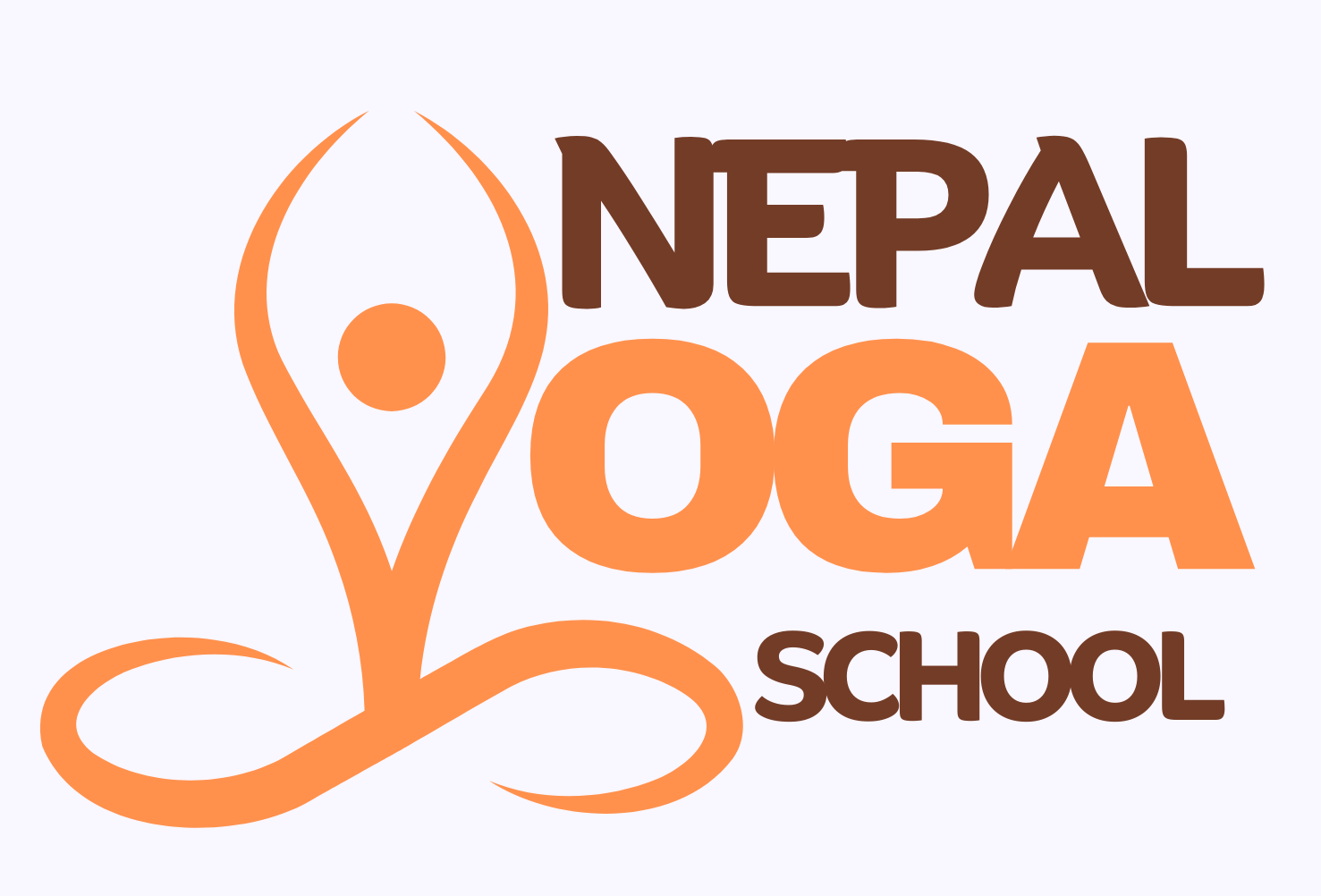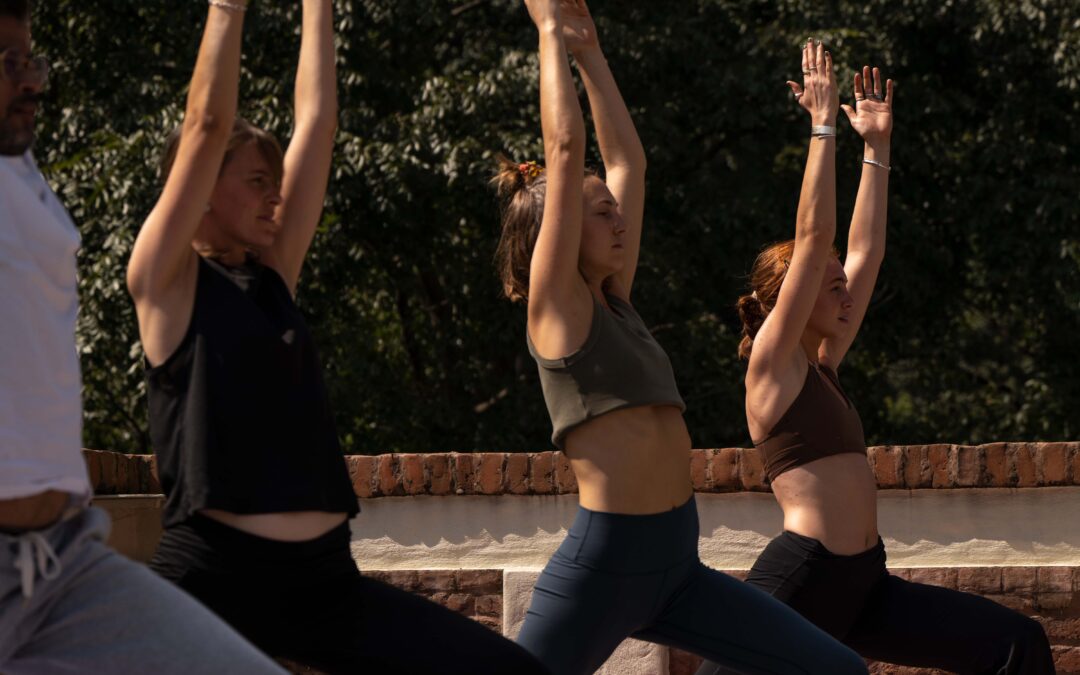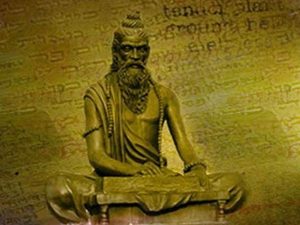The word “Yoga” is derived from the Sanskrit word “Yuj” where it means union. Yoga, in accordance to Yogic scriptures, means union of individual consciousness with that of Universal consciousness, the union between mind and the body, Purush and Prakriti (Man & Nature). The derivation of Sanskrit word itself claims that origin of Yoga has ancient roots in Hindu scriptures. The word derivation is not just an assumption but Yoga actually is one of the four pillars of Hindu philosophy that comes under the wings of Moksha.
Yoga is an ancient practice constituting the factors of breathing, flexibility, and maintains balance between mind and the body. It is unanimously accepted that Yoga has been in practice since the earliest times. Elaboratively, the philosophy of Yoga, one of the most essential scientific disciplines as well as spiritual legacy of humanity, has been preached, practiced undisturbed since the dawn of human history. The main components of Yoga are said to be breathing and postures.
The First Yogi: Adiyogi
Talking about Origin of yoga, Lord Shiva is seen as the first yogi, Adiyogi. In some scriptures like Shiv Mahapuran and a couple others, there is a mention of some event where Lord Shiva was in extreme ecstasy and in the form of Natraj, was performing some special kind of cosmic dance “Ajapatandava”. While this event was happening, Sri Vishnu experienced the cosmic dance in a deep state of meditation.
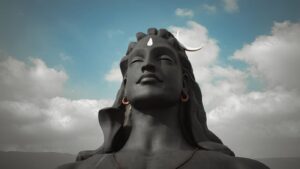 Lord Shiva is also considered to be the first Yogic practitioner along with his ardhangini (wife), Parvati. He taught his wife postures and other insights on Yoga for her to recognize herself. While doing so, Lord Shiva’s vehicle, Nandi overheard and passed on to humans whereas Parvati passed on to Saptarishis (the seven sages). The Saptarishis then recorded this shared knowledge from Devi Parvati in the Upanishads, over 2000 long series of Hindu-philosophical scripture.
Lord Shiva is also considered to be the first Yogic practitioner along with his ardhangini (wife), Parvati. He taught his wife postures and other insights on Yoga for her to recognize herself. While doing so, Lord Shiva’s vehicle, Nandi overheard and passed on to humans whereas Parvati passed on to Saptarishis (the seven sages). The Saptarishis then recorded this shared knowledge from Devi Parvati in the Upanishads, over 2000 long series of Hindu-philosophical scripture.
Patanjali
Patanjali, a mystic known to be the “Father of Modern Yoga”. He wrote Yoga Sutras which included different Yoga practices and theories that directly come under ancient Yogic Sciences. He assimilated 1800 different types of Yogas into 200 Yoga Sutras and made it into Ashtanga Yoga– the eight limbs of Yoga.
Vedas and Upanishads
The word “Yoga” was first mentioned in the Vedas, one of the oldest and sacred Hindu scriptures. The Vedas describe Yoga as a tool to spiritual enlightenment which was practiced by sages to attain union among the individual and the divine, a path to claim inner peace. The Vedas are ritualistic. This was practiced from generation to generation. While Upanishads requests to sit beside a Guru and follow his directions for students might not be able to grasp some concepts on his own.
Bhagavad Gita
One of the most holy and popular Hindu scripture, the Bhagavad Gita which is said to be directly delivered by Lord Krishna to Arjuna on the battlefield tells how to unify with the divinity himself. It is a text on Yoga. Not only Hindus but people like Oppenheimer, Einstein to Will Smiths and Steve Jobs and other western philosophers have drawn their insights from the Geeta. Chapter six of the Geeta talks about the classical Yoga with its practice and insights, also includes Asanas. The Yoga teaching in Bhagavad Geeta more focuses on practice that helps master detachment from materialistic world and selflessly devoting oneself by recognizing the divine or the sacred.
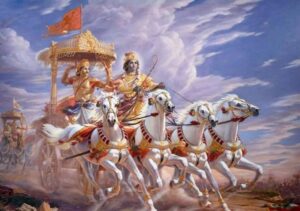 Talking about the Yoga traditions followed, the most ancient yoga practices had a core focus on Pranayama and meditation solely. This ancient tradition was in practice to achieve the ultimate state of awareness which focused on breathing techniques. While in modern times, most Yoga practices focus on Hatha Yogas and Asanas. Asanas means simply body postures while Hatha Yoga means the balance between two forces of existence, where ‘ha’ means sun and ‘tha’ means moon. Solar and lunar energy come together to enhance higher consciousness.
Talking about the Yoga traditions followed, the most ancient yoga practices had a core focus on Pranayama and meditation solely. This ancient tradition was in practice to achieve the ultimate state of awareness which focused on breathing techniques. While in modern times, most Yoga practices focus on Hatha Yogas and Asanas. Asanas means simply body postures while Hatha Yoga means the balance between two forces of existence, where ‘ha’ means sun and ‘tha’ means moon. Solar and lunar energy come together to enhance higher consciousness.
Origin of Yoga in Nepal
The origin of Yoga in Nepal flourished with the rise of the Indus Valley Civilization about 5,000 years ago. Yoga being almost centuries old, it has also evolved with time; developed into an extensive range of practices; including breathing techniques, body postures and stretches and meditation. Yoga being an ancient practice and Nepal’s proximity to the land of origin of Yoga (India), it has been an integral part of Nepalese culture and people for a few centuries.
Gautam Buddha
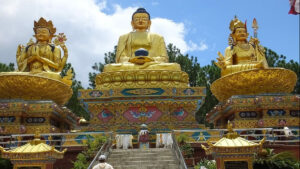 The origin of Yoga and its ancient practice is deep rooted in Nepal’s spiritual values. The origin of Yoga in Nepal is deeply intertwined with the pious land of mountains.In the late 6th BCE,Buddhism was founded and many Buddhist practices are derived from Yoga itself; both have a close relationship with one another. Gautam Buddha, the mystic Yogi, sat under the Bodhi tree for years and years, determined to reach enlightenment.
The origin of Yoga and its ancient practice is deep rooted in Nepal’s spiritual values. The origin of Yoga in Nepal is deeply intertwined with the pious land of mountains.In the late 6th BCE,Buddhism was founded and many Buddhist practices are derived from Yoga itself; both have a close relationship with one another. Gautam Buddha, the mystic Yogi, sat under the Bodhi tree for years and years, determined to reach enlightenment.
Gorakhnath
Many of the world’s renowned Yogis such as Gorakhnath and Patanjali are said to have lived and taught in Nepal. Gorakhnath was a Hindu master Yogi in the late 11th century. He emphasized the search of truth and spiritual values is the goal of a man. He is considered to be the Yogi avatar (incarnation) of Lord Shiva. He visited Nepal and meditated for twelve years in an unmovable state. There is said to be a cave in Nepal which is now named after him with his paduka (footprints) and idol are worshiped.
Yogi Matsyendranath
Gorakhnath was a disciple of Yogi Matsyendranath. He is an early 10th century saint and a Yogi. He is considered to be the person to reawaken Hatha Yogas and also the founder of Natha community. There are many legends on Matsyendranath that he is an incarnation of Lord Shiva. He is even worshiped as the god of rain in Nepal. Rato Machhindranath and Seto Machhindranath, the temples present in Nepal are built after him.
Shivapuri Baba
Shivapuri Baba was a great enlightened mystic and a Yogi who was renowned for his sadhanas. He even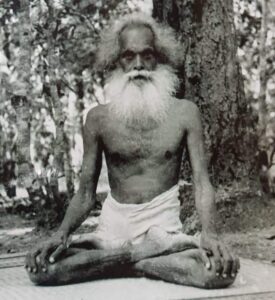 taught meditation to Queen Victoria of England for four years straight. At the ripe age of 100 years, he came to Nepal and resided in the Shivapuri forest of Nepal. He meditated in the hills of Nepal for thirty seven years left his body at the age of one hundred thirty seven years old.
taught meditation to Queen Victoria of England for four years straight. At the ripe age of 100 years, he came to Nepal and resided in the Shivapuri forest of Nepal. He meditated in the hills of Nepal for thirty seven years left his body at the age of one hundred thirty seven years old.
He always stayed away from social attention. His preachings surely caught the attention of the entire world. In his memory and his sadhana practices, there is a Shivapuri Baba Samadhi Mandir, a citadel near Pashupati temple. His samadhi place is known to have a quiet place for meditation. It is said to be the place to go in meditative states quite effortlessly.
Kripalu Maharaj (Swami Kripalvananda)
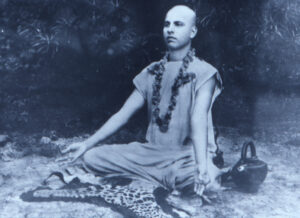
Though originally from India, Kripalu Maharaj spent significant time in the Himalayas, including pious land of Nepal. He deepened his Yoga practices in Nepal. He is mostly known for his contributions to Kundalini Yoga and the Kripalu Yoga tradition.
Siddha Baba (Siddha Laxman)
A contemporary Yogi revered for his spiritual insights and healing abilities, Siddha Baba spent much of his life in Nepal. During his time in Nepal, he shared his wisdom and guided many disciples on the path of Yoga and meditation.
Contributions of Yogis in Nepal
Renowned Yogis who visited Nepal, attained enlightenment and shared their insights and teachings making the land of Himalayas more pious and spiritual, they have actually left a lasting legacy in Nepal. These Yogis have influenced the spiritual and Yoga traditions of the region and beyond. Their teachings and practices continue to inspire countless seekers on the path of enlightenment.
Conclusion
Nepal is also said to be the center for the development of Tantric Yoga. It is a complex Yoga tradition which is designed to awaken the dormant spiritual energy from within. It also emphasizes on bringing mind, body and soul together. The land of Himalayas is a birthplace for many great mystics and their practice. The origin of Yoga in Nepal from the ancient and spiritual roots, offers a blend of authentic practices. Yoga has gained more recognition in Nepal over the years. It has been practiced by people of all ages and from all walks of life. It is hence essential to promote and preserve the ancient practices for the betterment of present and the future generations.
